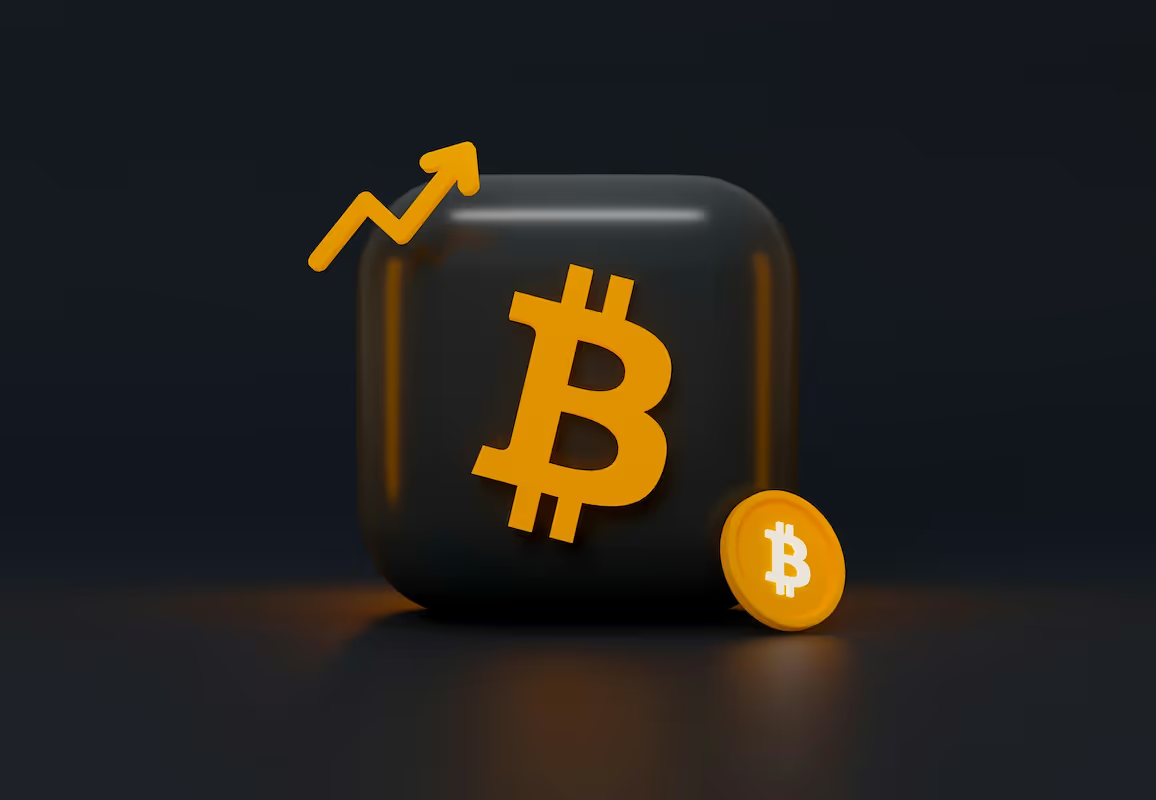Key Takeaways
- Lightning Network Cost: A small charge for passing a payment through a node on the Bitcoin Lightning Network.
- Node Compensation: It pays node operators for providing the liquidity and capital needed for payment channels.
- Market-Driven Pricing: Operators set their own fees, creating a competitive market for efficient payment routing.
What Is a Routing Fee?
A routing fee is a small charge that Lightning Network node operators collect for helping to pass a payment from a sender to a receiver. Think of it as a toll for using their payment channel's liquidity. These fees, usually just a few satoshis (sats), compensate operators for locking up their Bitcoin (BTC) to facilitate these near-instantaneous transactions across the network.
Node operators have full control over their fee structures, creating a dynamic marketplace for payment routing. An operator might set a base fee of 1 sat plus a proportional fee of 0.0001% of the transaction's value. For a 100,000 sat payment, the routing cost would be a tiny fraction of the total, demonstrating the network's incredible efficiency for microtransactions.
How Routing Fees Work in Bitcoin Transactions
When you send a payment on the Lightning Network, it doesn't always go directly to the recipient. The network finds the most efficient path through interconnected nodes, and each node along this path charges a small fee for forwarding the payment. This process happens almost instantly, creating a fluid and low-cost payment system.
- Pathfinding: Your wallet automatically finds the cheapest and most reliable route for the payment.
- Hopping: The payment moves from one node to the next along the selected path.
- Compensation: Each intermediate node deducts its pre-set fee for facilitating the transaction.
- Liquidity: Fees reward operators for the capital they provide to keep payment channels funded.
- Settlement: The recipient gets the payment minus the total accumulated fees from the route.
Factors Influencing Routing Fees
Routing fees are not arbitrary; they are shaped by a mix of market forces and a node's specific characteristics. This dynamic pricing model allows operators to adjust their rates based on network conditions and their own strategic goals, creating a competitive environment for routing payments.
- Capital: The amount of Bitcoin locked in a channel influences its fee-earning potential.
- Connectivity: A node's position and number of connections affect its routing power.
- Competition: Nearby nodes offering similar paths create downward pressure on prices.
- Reliability: Nodes with consistent uptime and successful routing can command premium fees.
Routing Fee Structures in the Lightning Network
Lightning node operators typically use a two-part fee structure. The first is a fixed base fee, a small, flat charge applied to every payment that passes through their node. The second is a proportional fee, calculated as a percentage of the total transaction amount.
This dual model gives operators precise control over their pricing strategy. By adjusting these two variables, they can attract specific types of traffic, from tiny micropayments to larger transfers. This creates a competitive, market-driven system for routing payments across the network.
Impact of Routing Fees on Transaction Costs
Routing fees directly influence the final cost of a Lightning transaction, but their structure ensures the network remains highly cost-effective.
- Minimal: costs that are typically fractions of a cent, making micropayments practical.
- Efficiency: a stark contrast to the higher, often unpredictable fees of on-chain Bitcoin transactions.
- Transparency: costs that are calculated automatically by wallets, which find the most economical payment path.
Best Practices for Managing Routing Fees
This is how you optimize your node for profitability and network efficiency.
- Set dynamic fees. Adjust your base and proportional rates to attract the right payment flow, balancing competitiveness with profitability.
- Manage liquidity actively. Balance your inbound and outbound capacity to successfully forward payments in either direction.
- Build strategic connections. Open channels with well-capitalized, high-uptime nodes to increase your routing opportunities and reliability.
- Analyze performance data. Regularly review your routing success and fee income, making data-informed adjustments to your fee policy and channel connections.
Routing Fees: The Economic Heartbeat of the Lightning Network
Routing fees are the economic engine of the Lightning Network, creating the financial incentive for operators to provide the liquidity that powers the system. This entire process is secured through Hash Time Locked Contracts (HTLCs), which guarantee that payments are forwarded correctly or returned to the sender. Without these fees, the network's decentralized, second-layer infrastructure for scaling Bitcoin could not function, making them fundamental to its operation and future growth.
Join The Money Grid
To access the full potential of digital money, you can connect to the Money Grid with Lightspark, a global payments network built on Bitcoin's foundation. Their infrastructure provides instant, low-cost Bitcoin transfers by managing the complexities of the Lightning Network, including liquidity and payment routing, which abstracts away the details of routing fees for your business.


